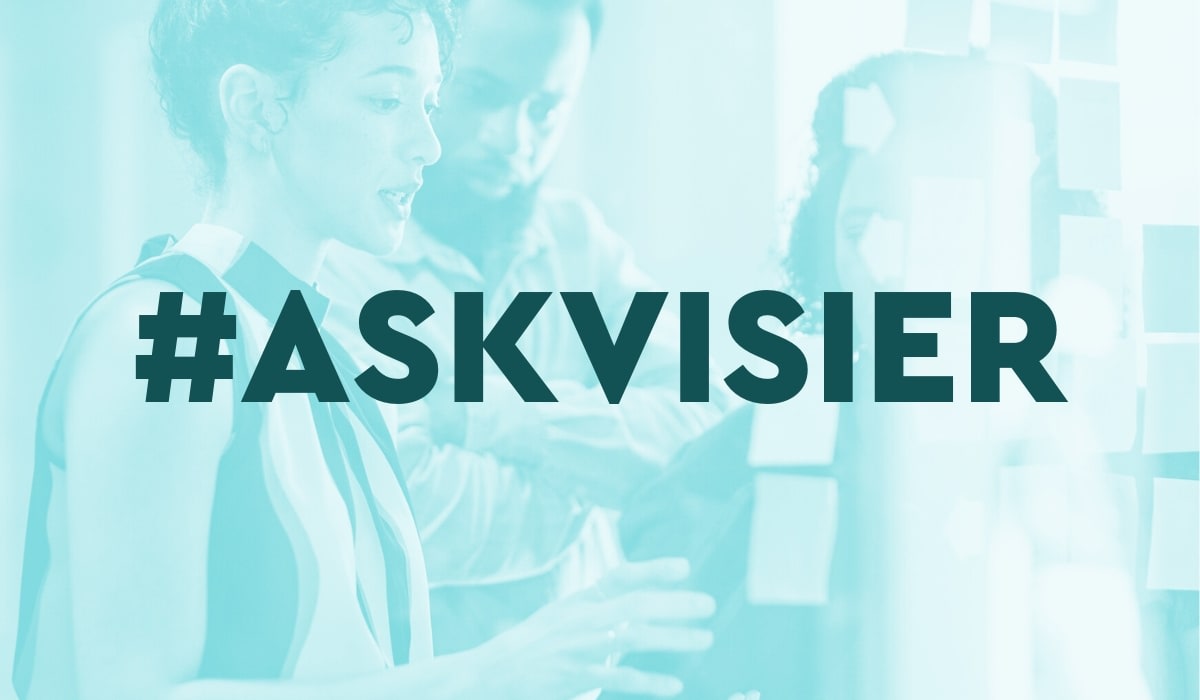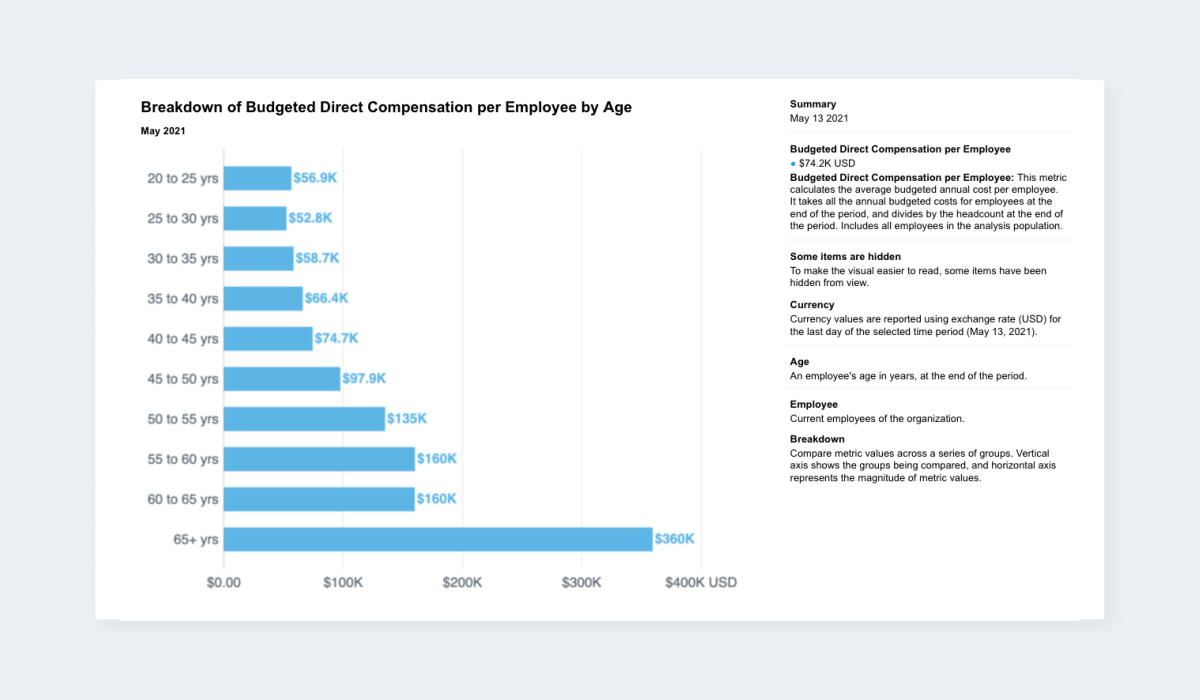Ask Visier: How Do You Determine if Your Organization Pays Equitably?
It’s no secret that pay gaps are a common issue, but how can you move towards pay equity? Find out from one of Visier’s people analytics experts.

Ask Visier is a weekly column where a people analytics expert dives into one of the 2000+ business questions available in Visier and shares how to take action on the answers you might uncover on that topic.
Providing equal pay is a primary concern for organizations and employees alike, especially when faced with knowledge such as:
The pay gap between underrepresented groups and white employees could take more than 25 years to close
Between 2017-2020, the gender pay gap narrowed by 6 cents. Gender pay equity could be achieved in about 9 years—but only if this pace continues at the current rate.
While there are laws in place to prohibit pay discrimination on the basis of gender, age, and race, many employers still struggle to achieve pay equity between groups. Organizations with people analytics like Visier in place are in an excellent position to make more equitable and better compensation decisions.

Why is it challenging to determine pay equity?
Compensation data is tightly guarded and often doesn’t get released to others in the company without approval from the CHRO, CFO, or increasingly, the Chief Diversity Officer. But access to compensation—and D&I—data is needed to counter any anecdotal information or perceptions of the current state of pay equity in your organization.

If you don’t have information about how much every employee is earning, and access to data about the different demographics that make up your workforce, it’s nearly impossible to take action and ensure that consistent compensation policies are in place. You simply can’t look at the average of what different groups make and compare them to each other. You need to compare what different groups make in the same role, department, and years of experience. There are additional factors to consider as well, such as pay ranges for employees distributed across different locations.
There are also risks associated with coming to the wrong conclusion about pay equity, including a number of legal issues that surround the answer to this question. Organizations need to understand any potential liabilities—and avoid the creation of new ones. These challenges can demoralize quickly, and move the focus away from finding and resolving the problems that may be stopping you from taking the right steps forward.
How Visier helps you achieve pay equity
Visier runs pay equity analysis that help you assess your compensation baselines in a matter of minutes. For example, you can start by comparing groups in the same department, role, and/or location. Then, you can look closer at the people in your workforce and use a compa-ratio calculation to indicate how close a person’s base pay is to the pay level midpoint for their role. If you find some groups have a lower than average compa-ratio, it’s likely that pay decisions aren’t being made equitably.
Based on these results, you’ll want to drill into these findings further. Does it exist in the presence of other demographic factors as well? Accounting for all of these factors will allow you to uncover any biases that may impact those in your organization so that you can bring them to your leadership’s attention.

Lastly, when addressing equitable pay, or a gap your workforce perceives, look at total compensation—not just base pay. You want to dig into all the benefits being offered to employees. The total package your organization offers matters, and all employees should be receiving opportunities fairly as well.
Wayfair partnered with Visier to help scale their DEI Analytics function. For the first time, they could easily tell the full story around outcomes for underrepresented talent at every stage of the employee lifecycle, from hiring through exit. Wayfair now uses DEI data to ensure inclusivity is embedded in all of their people practices. Their analytics help identify opportunities to create a more diverse workforce, ensure equitable people processes (e.g., recruiting, performance reviews, compensation), and help leaders and managers steward an inclusive culture that fosters a sense of belonging and retains their people.
Using a people analytics solution like Visier helps you hold leaders accountable and ensure that pay equity is moving in the right direction. Access to and analysis of this data gives you a complete view of the realities of compensation in your organization. This way, you can take an informed approach to drive meaningful change.
Read more on using people analytics to achieve pay equity


